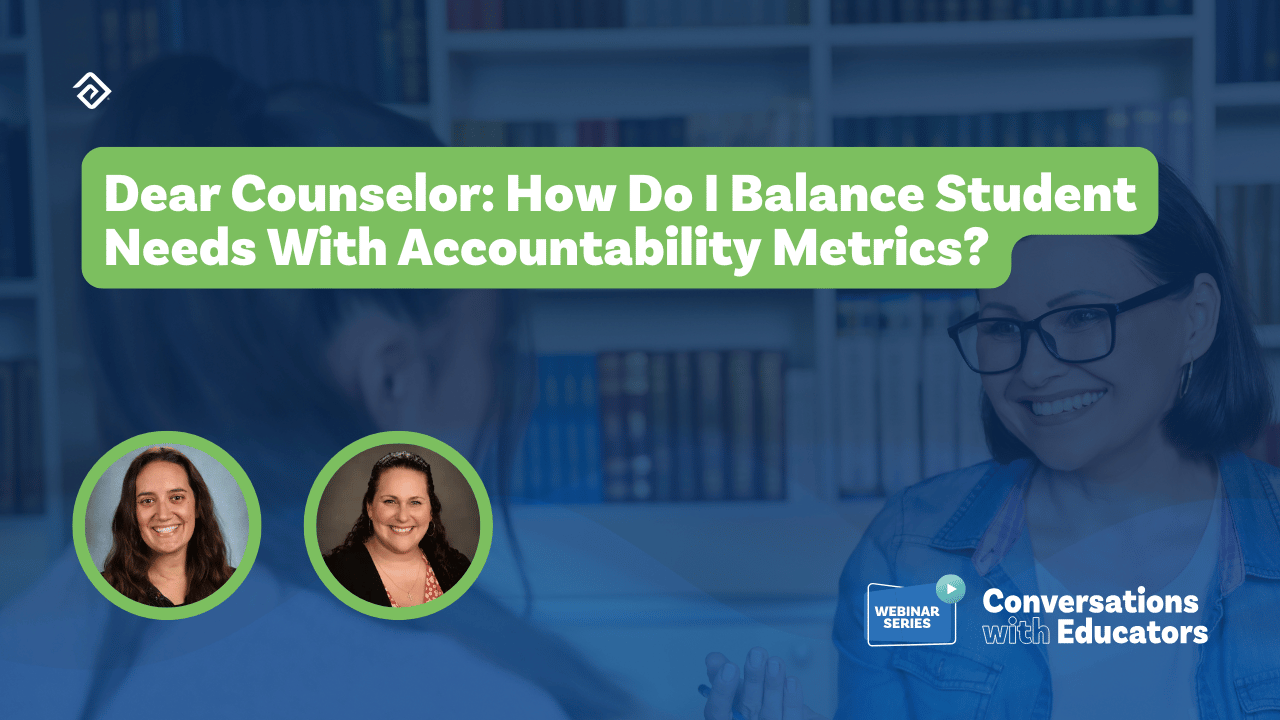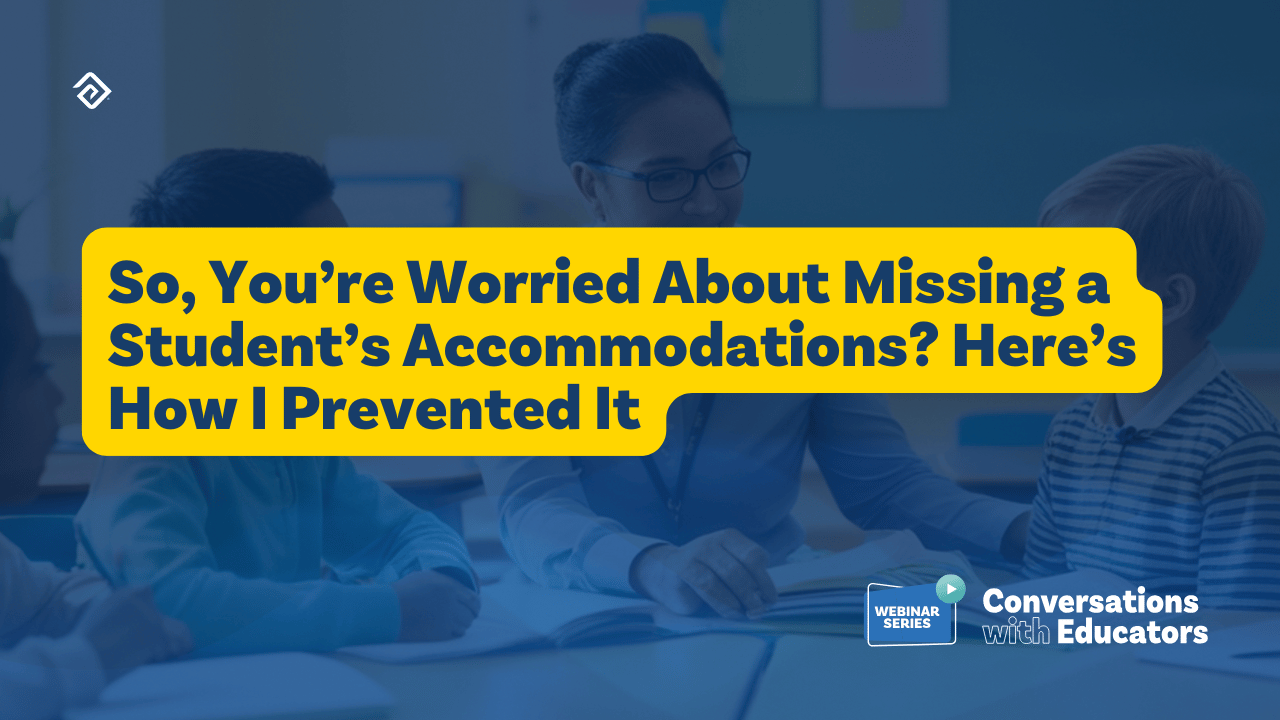Essential Accommodations in Education To Empower Student Success

Special education accommodations are designed to give all students a fair chance to learn and show what they know. These adjustments can involve anything from changing how students engage with the material to altering the environment where they learn.
Each student's needs are different, so accommodations vary. Some students might thrive with fewer distractions, while others may need simplified assignments or visual aids like lecture slides. These changes aren't just helpful — they can be life-changing, ensuring that every student in special education has access to the knowledge and opportunities they deserve.

Understanding Educational Accommodations and Modifications
Special education accommodations are vital for ensuring that every student gets the right instruction and support to succeed in school. These accommodations are designed to help students with disabilities access the same general education curriculum as their peers. Modifications, on the other hand, adjust the standards or curriculum for students who need extra time or specialized instruction.
Here are some common examples of accommodations:
- Assistive technology: Tools like adapted keyboards, voice recognition software, and specialized devices that help students communicate more effectively.
- Seating arrangements: Placing a desk closer to the teacher or positioning easily distracted individuals away from windows to help them focus.
- Testing environment adjustments: Providing extra time, breaks during tests, quiet areas free from distractions, or structured reminders tailored to individual needs.
On the modification side, here are a couple of typical examples:
- Simplified instructions and extra practice time: Breaking tasks into smaller, more manageable steps — often referred to as "chunking."
- Assignment modifications: Allowing verbal responses instead of written ones, shortening assignments, or providing written instructions with visuals to aid understanding.
Essentially, a student with testing accommodations might get extra time on an assessment, while a learner with modifications might have materials tailored to their reading level to help them better grasp the content. Both teachers and families need to understand the difference between accommodations and modifications so that every student gets the right support to thrive.
Looking at Accommodations and Modifications in Practice
Consider Sarah, an 8th grader diagnosed with a learning disability in math and struggles with reading. She’s in a standard 8th-grade class co-taught by a general education teacher and a special education teacher. To help Sarah succeed, she receives a mix of modifications and accommodations in her daily routine and during state or district-wide tests.
For example, her reading and writing assignments are shorter than those given to her classmates, and her textbook, though based on the 8th-grade curriculum, is at her independent reading level (4th grade). Sarah also has the option to have test questions read aloud to her and can respond to essay questions orally instead of in writing.
These classroom accommodations have boosted Sarah’s confidence during tests and assessments, helping her feel more prepared and capable when facing challenging tasks.

7 Common Types of Accommodations in Education Today
Schools and education stakeholders can implement accommodations in various ways to support students with special needs. Here’s a breakdown of how different types of academic accommodations can be applied:
1. Presentation Accommodations
These ensure that material is presented in a way that students can easily understand. Examples include:
- Using visuals like bright colors and simple drawings to supplement verbal instructions
- Offering presentations in both audio and visual formats
- Providing written summaries after giving verbal instructions
- Incorporating multimedia tools like videos and audio clips into lessons
2. Response Accommodations
Response accommodations give students with learning disabilities more time to answer questions or process information during lessons. These might involve:
- Allowing alternative response methods like pointing or gesturing instead of writing answers
- Providing multiple-choice options instead of requiring longer written responses, including graphical or in-line choices
3. Setting Accommodations
These involve adjusting the learning environment to meet the unique needs of special education students. For example:
- Preferential seating for students, typically at the front of the class, for easier access to the teacher
- Assigning a mentor to offer additional support
- Adjusting classroom temperature to help students focus
- Arranging desks in groups to encourage collaborative learning
- Creating a designated safe space or comfort area in the classroom
- Allowing students to finish tasks at home or spread out over several days if needed
4. Timing Accommodations
These provide extra time for tasks that require concentration, such as:
- Giving students additional time to complete tests or assignments
- Allowing more time on exams (e.g., an extra hour for test-taking)
- Offering flexible deadlines for submitting assignments
5. Organization Skills Accommodations
These classroom accommodations help students stay organized and on task. Examples include:
- Using calendars to track due dates
- Color-coding important information or notes
- Breaking down large tasks into smaller, manageable steps with checklists
- Establishing a daily routine that includes study times and breaks
- Prioritizing tasks so students know which assignments to tackle first
- Providing organizational tools like folders and notebooks
6. Scheduling Accommodations
Scheduling accommodations help students focus on their strengths without the added pressure of keeping up with peers. These can include:
- Taking tests at a specific time of day
- Receiving one-on-one instruction in subjects like English or Math
- Having more time to complete reading assignments or papers
7. Behavior Accommodations
These accommodations foster a positive and supportive learning environment. Examples include:
- Using positive reinforcement to encourage good behavior
- Implementing behavior plans that outline expectations and consequences
- Providing incentives for appropriate behavior
- Giving frequent reminders of classroom rules and expectations
- Offering choices in assignments or activities to boost motivation

Key Steps for Implementing Accommodation Processes in Schools
Implementing effective accommodation processes in schools doesn't have to be overwhelming — here are some key steps to help you create a supportive learning environment for every learner:
- Start with a solid identification process: Make sure you have a system in place to spot students who need accommodations, so no one gets overlooked.
- Craft personalized plans: Use IEPs or 504 plans to tailor accommodations to fit each student's unique needs, ensuring the right support.
- Keep the communication flowing: Open, ongoing conversations between teachers, students, and parents are key to staying on the same page and achieving success.
- Track and tweak: Regularly monitor how well accommodations are working and adjust as needed to keep students progressing.
Best Practices and Technology for Improving Your Accommodation Processes
To improve your accommodation processes and better support every student, consider the following best practices:
- Team up with specialists: Collaborate with special education teachers, psychologists, and other experts to create classroom accommodations that truly work for your students.
- Get students involved: Bring learners into the conversation— they know their needs best and can offer valuable insights.
- Equip your staff: Ongoing training on accommodation strategies empowers your teachers and staff to better support students.
- Keep it flexible: Regularly review and tweak your accommodations to make sure they’re still hitting the mark as individuals progress.
- Leverage tech tools: Boost your accommodation game with cutting-edge solutions like text-to-speech, speech-to-text, and organization tools that help learners thrive.
Boost Your Support for Students With Education Advanced
Academic accommodations for learners are crucial in helping them reach their full potential and student achievement. By using a tailored mix of presentation, response, setting, timing, organization, scheduling, and behavior accommodations, teachers can create an environment where every student has an equal opportunity to thrive.
For students in special education, the right accommodations can make all the difference. These adjustments don’t alter test scores; instead, they adapt the learning environment to meet individual needs, allowing learners to fully access and demonstrate their understanding of the material.
Tools like TestHound ensure that each student receives the accommodations they need, giving them an equal chance to succeed. If your school is looking for ways to enhance the learning experience, consider automating tasks and streamlining processes to free up more time for teaching.
Education Advanced offers a range of tools designed to help, including:
- Evaluation: A solution that documents every step of the staff evaluation process, from walk-throughs to self-evaluations, with performance analytics and reporting features.
- Pathways: A graduation tracking tool that allows administrators and counselors to monitor and analyze students' progress, ensuring they stay on track to graduate.
- TestHound: A test accommodation software that helps schools manage thousands of students across state and local K-12 assessments, taking into account accommodations for reading disabilities, physical disabilities, translations, and more.
These tools will empower your school to provide a more inclusive and supportive learning environment, enabling all students to succeed.
Original Publish Date March 2, 2023 | Updated August 15, 2024
More Great Content
We know you'll love





